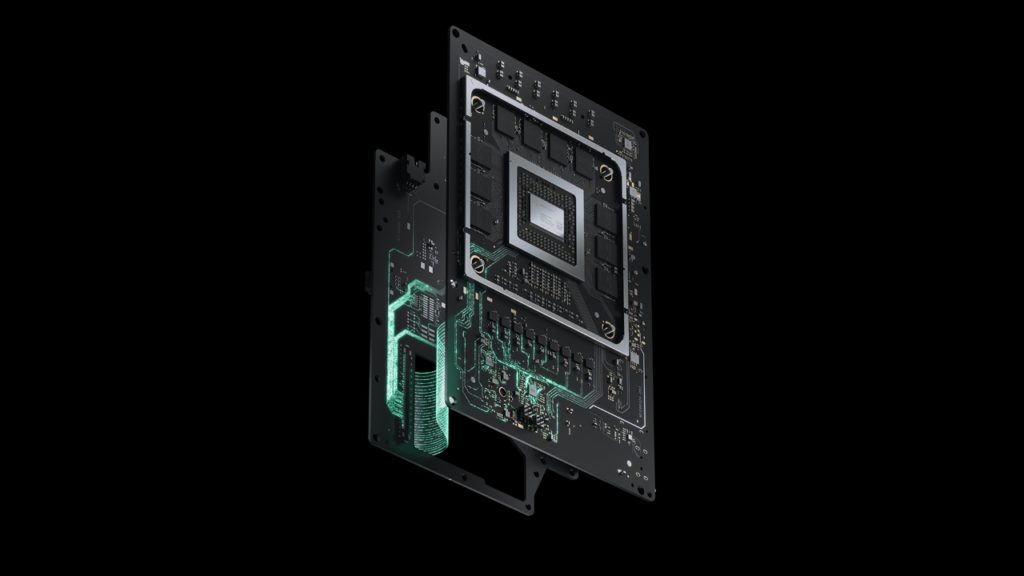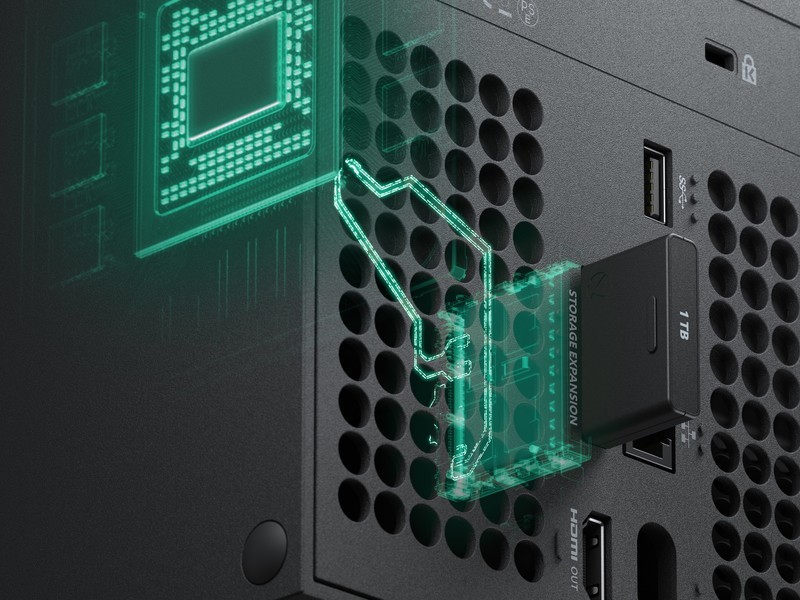Yesterday, Microsoft came out all guns blazing with the full specifications and breakdown of their upcoming next-generation console, the Xbox Series X. In a detailed overview with Digital Foundry, the hardware manufacturer surprised us all with what is the most in-depth look we’ve had of the new console.
Microsoft has been firing on all cylinders delivering fatal blows to the competition while Sony has yet to reveal its next-generation console, the PlayStation 5. However, the decision to unveil the internals of the Series X earlier than usual may have come as a result of mass cancellation of gaming conventions and events due to the rampant Coronavirus outbreak.
However, despite Microsoft’s recent onslaught of releasing information, Sony has remained tight-lipped. Of course, this could be a part of their watch and react strategy since they are still the current market leader but these recent announcements have really given the momentum to Xbox and Sony could be in trouble if it doesn’t react soon.
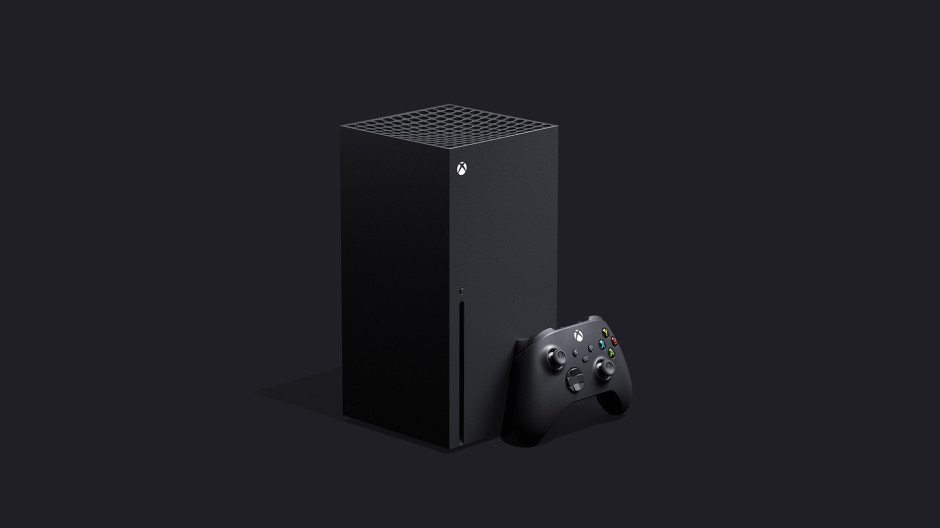
The team that doesn’t feel threatened by the new Xbox Series X, however, is the ever-proud PC master race. When the Xbox Series X was initially revealed way back in December during The Game Awards, it was met with a lot of skepticism, especially from those within the PC gaming camp since it looked a lot like a typical gaming PC.
Use your Gaming PC to fight against the Coronavirus during self-isolation
So, if it is just a PC that plugs into your TV, could it really compete with a decent gaming rig? Usually, gaming consoles have always been two steps behind the PC gaming space with the consoles already being outdated by the time they get released. However, with the Xbox Series X, it seems like the status quo is about to get broken and things are going to change drastically.
Design
There is no doubt that the Xbox Series X looks like a Mini ATX sized gaming PC. However, the vast difference between the Xbox and a PC becomes apparent as soon as you open them both up. The internals of the Series X are arranged in a very different way as compared to a PC.
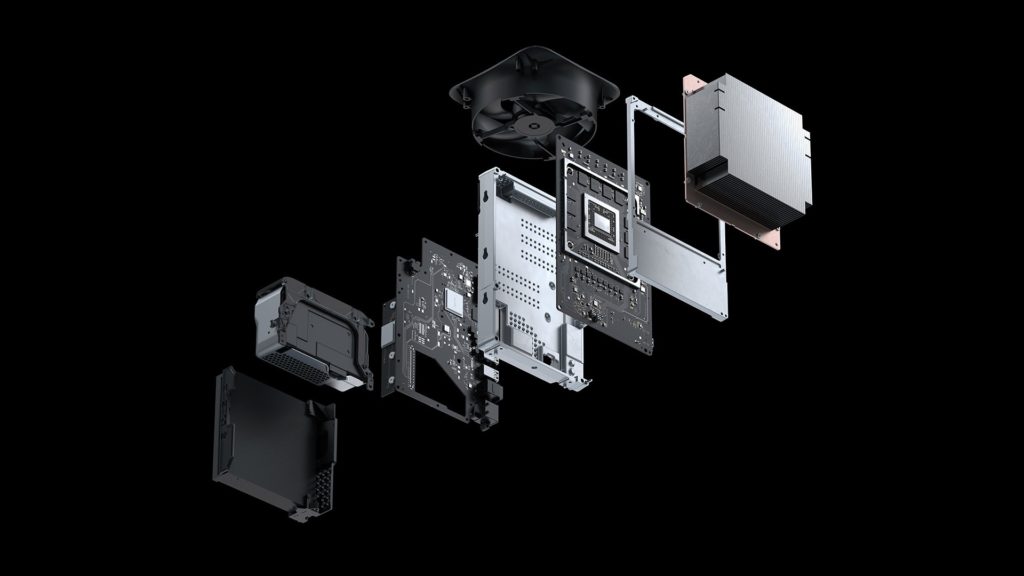
Firstly, the internal components of the Xbox Series X are tightly packed together within the chassis. This means that, unlike a gaming PC, there is almost no room for free air to roam around within the console. To counter this restrictive design, Microsoft also had to design a non-conventional cooling system with enhanced airflow.
So, the Xbox Series X comes with a massive vapor chamber on top of the main APU and RAM paired with a gigantic fan at the top that pulls all of the air out from the bottom and throws it out from the top. The bottom of the chassis is slightly raised up for better air inflow with the top littered with massive holes. In addition to that, the fan also has a small opening on its side in case the top of the box is blocked for some reason.
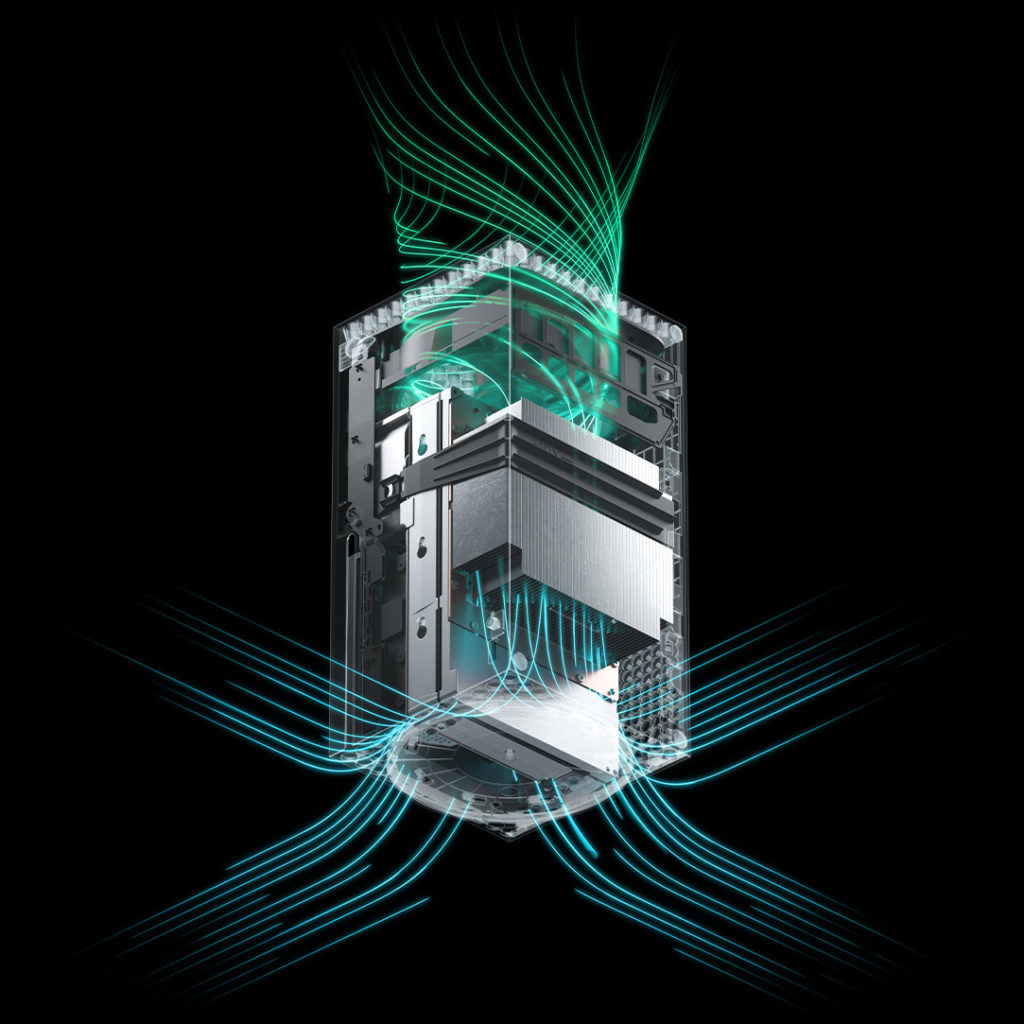
With the Xbox Series X, Microsoft has really doubled down on cooling. However, the innovation doesn’t just stop there. The motherboard of the console has also been divided into two parts with the main APU and RAM on one board and the rest including the SSD on the other.
So, Microsoft has really had to go a long way to make sure that the Xbox Series X remains as compact as it can be while also ensuring ample airflow and it is not like a conventional gaming PC at all.
Performance
Where the difference between the Xbox Series X and a gaming PC does seem to diminish a bit is the performance department. The Xbox Series X is powered by a Zen 2 based custom 8 core/16 threads AMD chip. The closest thing to this in the PC space would be the AMD Ryzen 7 3700X which is a $300 processor and is one of the best processors for gaming out there.
However, the main difference between these two is the fact that the Xbox Series X processor runs at 3.8 GHz at all times (without SMT) to keep performance levels consistent across the board. This is in stark contrast to PC processors that have variable clock speeds depending on the task at hand and can even be overclocked above their base clocks. However, this does mean that you won’t see any dips in performance with the Series X.
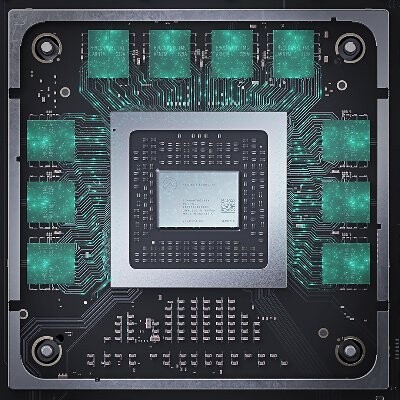
On the GPU side, the Xbox Series X packs RDNA 2-based AMD graphics with hardware real-time ray tracing capabilities. As far as the specifications are concerned, the GPU features 52 compute units clocked at 1852 MHz making it capable of producing 12 TeraFlops of computing power. However, it does need to be noted that teraflops are not exactly the most accurate measurement of raw performance.
GPU comparisons with PC are not even possible right now since AMD’s RDNA 2 graphics cards have yet to be released on PC. The closest we can get is the RX 5700XT, which is a $400 graphics card and is still obliterated by the Xbox Series X. In fact, according to tests by Digital Foundry, the Xbox Series X managed to easily outperform the NVIDIA RTX 2080 while running an unoptimized port of Gears 5.
To put things into perspective, the NVIDIA GeForce RTX 2080 is a $600+ graphics card which means that the card alone probably costs more than the entire Xbox Series X console which is insane.
On the memory side, the Xbox Series X has a rather peculiar arrangement of RAM with 1 GB and 2 GB modules dotted around the main APU to make a total of 16 GB of GDDR6 memory. This is for good reason though as the RAM has been divided into 10 GB of high speed memory at 560 GB/s for graphics with the other 6 GB at 336 GB/s for other processes. However, 2.5 GB out of the remaining 6 is still reserved for the OS and System processes.
While the RAM assortment is different as compared to most conventional gaming PCs, it would be interesting to see just how much of a difference it actually makes in real life tests. What we do need to remember though that memory is still really expensive and at this point, the equivalent gaming PC has already surpassed the potential cost of the Xbox Series X.
And last but not the least, arguably the biggest change for next generation consoles, the SSD. The internal 1 TB SSD in the Xbox Series X is an NVMe drive which is, again, the fastest storage we have now in most gaming PCs. However, 1 TB is not exactly a lot of space and while Microsoft has included an expansion slot for an additional 1 TB of space, don’t expect the external proprietary SSD to be cheap.
At the end of the day though, the Xbox Series X is still going to be a $600 console and the amount of raw power that it provides for that amount absolutely demolishes any gaming PC in that price range. You’d absolutely have to spend way over $1000 to get close to the Series X and that doesn’t even include the additional tricks that the console has up its sleeve like the extremely innovative auto-HDR implementation on older games.
In addition to that, running most games at 4K60 with hardware raytracing is going to be absolutely massive and these consoles will probably turn raytracing into a mainstream feature that everyone should have.
This is quite possibly the first time when a gaming console is actually on par with current gaming PC tech and is actually not a bad thing for PC gaming either. Why? Because video games are always developed to run on the lowest common denominators.
In the past, the lower powered consoles have restricted the developers from going all out for the PC ports on their games. So, the leap in graphical quality when the next-generation consoles come out could actually be the biggest one we’ve seen for decades.
Are you going to abandon your gaming PC for the Xbox Series X or will you be sticking with your current rig? Let us know down in the comments below!



